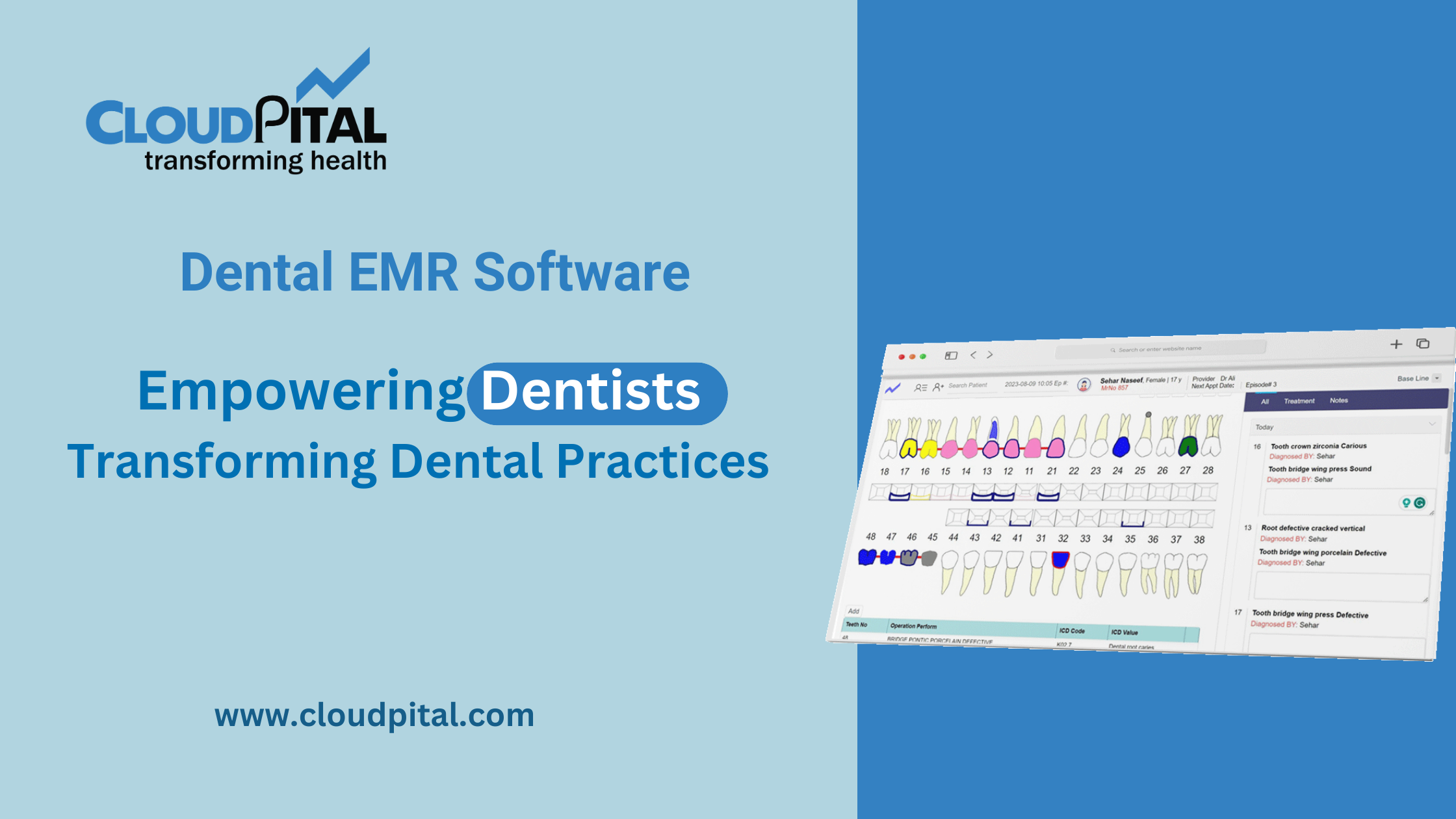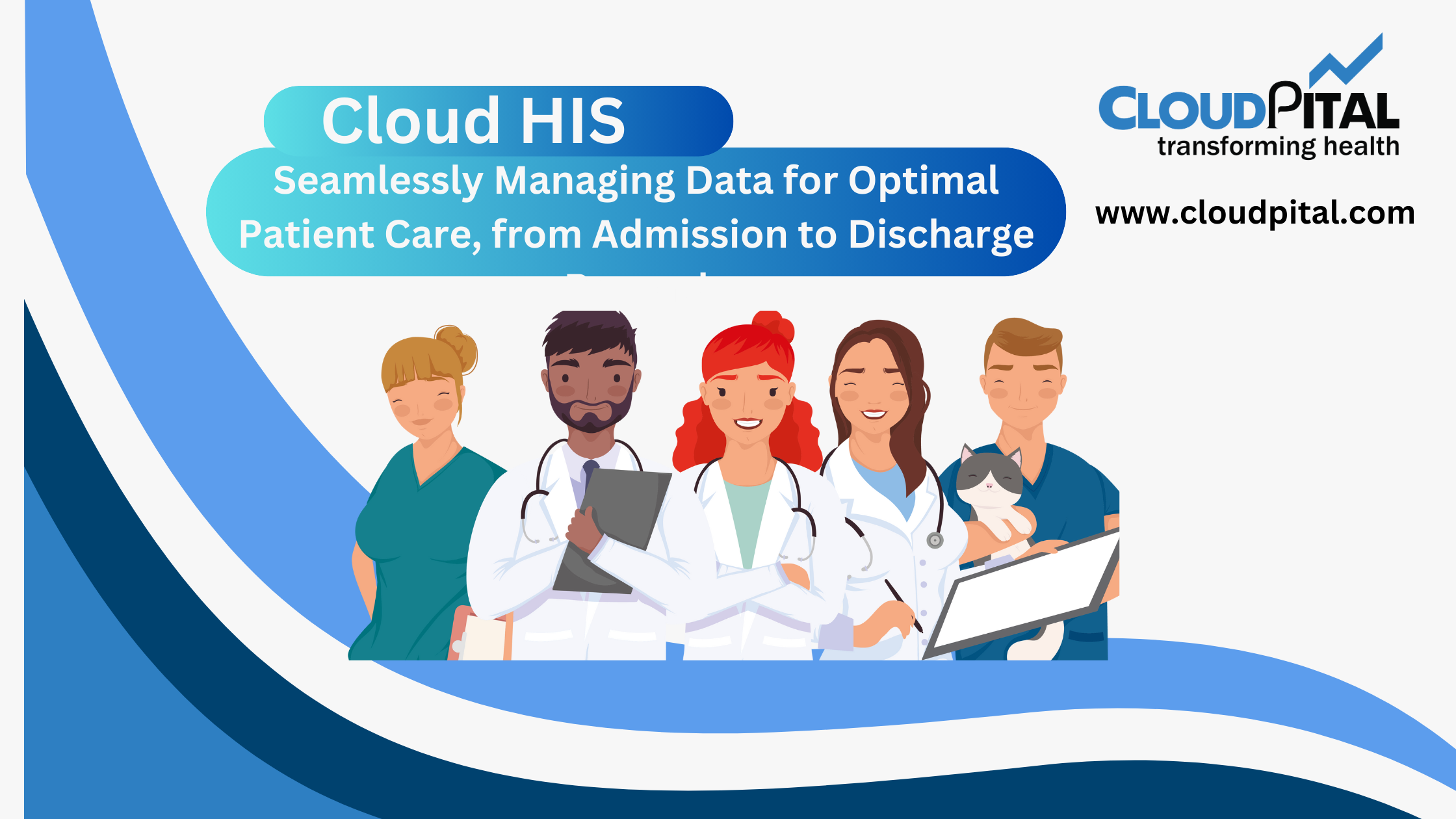Cloudpital # 1 is one of the top remote patient monitoring (RPM) and has become an integral part of modern healthcare systems, providing numerous benefits in terms of patient outcomes and healthcare efficiency. This technology allows healthcare providers to monitor patients’ health data remotely, using digital tools and devices, thereby improving the quality of care and optimizing the use of healthcare resources. This essay explores how RPM enhances patient outcomes and contributes to healthcare efficiency.
Click to Start Whatsapp Chatbot with Sales
Mobile: +966547315697
Email: sales@cloudpital.com
Cloudpital # 1 remote patient monitoring

Improved Patient Outcomes
Early Detection of Health Issues
remote patient monitoring enables the continuous monitoring of patients’ health data, which facilitates the early detection of potential health issues.
- Chronic Disease Management: For patients with chronic conditions like diabetes, hypertension, or heart disease, RPM allows for real-time tracking of vital signs, such as blood glucose levels, blood pressure, and heart rate. This early detection helps in preventing complications by allowing timely medical interventions.
- Reduced Hospitalizations: Early identification of health deteriorations can reduce the frequency of hospital admissions and emergency room visits. For instance, monitoring heart failure patients for symptoms like weight gain or changes in blood pressure can prevent acute exacerbations.
Personalized Treatment Plans
The data collected through RPM allows healthcare providers to tailor treatment plans to the individual needs of patients.
- Data-Driven Decisions: By analyzing trends in the collected data, healthcare providers can make more informed decisions about medications, lifestyle changes, and other interventions. This personalized approach improves treatment efficacy and patient adherence.
- Behavioral Insights: RPM can also provide insights into patient behavior, such as adherence to medication or lifestyle recommendations. This information enables healthcare providers to address any barriers to compliance, further enhancing patient outcomes.
Enhanced Patient Engagement
RPM encourages patients to take an active role in their own healthcare management.
- Empowerment: Patients have access to their own health data, which empowers them to make informed decisions about their health. This empowerment leads to better health literacy and adherence to treatment plans.
- Continuous Feedback: Regular feedback from healthcare providers, facilitated by RPM, keeps patients informed about their health status and progress. This continuous engagement fosters a collaborative patient-provider relationship.
Healthcare Efficiency
Optimized Resource Utilization
RPM helps healthcare systems optimize the use of medical resources.
- Efficient Use of Medical Staff: By remotely monitoring patients, healthcare providers can prioritize in-person visits for those who need immediate attention, thereby reducing the burden on healthcare facilities and staff.
- Cost Savings: RPM can lead to significant cost savings by reducing the need for hospitalizations, emergency room visits, and in-person consultations. This is particularly beneficial in managing chronic diseases, which are often associated with high healthcare costs.
Improved Care Coordination
RPM enhances the coordination of care among healthcare providers.
- Integrated Care Models: RPM systems can integrate with Electronic Health Records (EHR) and other healthcare systems, allowing for seamless sharing of patient data among different providers. This integration supports coordinated care, especially for patients with complex health needs.
- Team-Based Care: RPM facilitates a team-based approach to healthcare, where different healthcare professionals, including doctors, nurses, and specialists, can collaborate in real-time to manage a patient’s care.
Scalability and Flexibility
remote patient monitoring provides scalable and flexible solutions for healthcare delivery.
- Adaptability to Different Settings: RPM can be implemented in various healthcare settings, including hospitals, outpatient clinics, and patients’ homes. This flexibility makes it a valuable tool in both urban and rural areas, where access to healthcare services may be limited.
- Pandemic Response: The COVID-19 pandemic has highlighted the importance of RPM in managing infectious diseases by minimizing the need for in-person visits and reducing the risk of virus transmission.

Challenges and Considerations
Despite its benefits, Hospital Software in Saudi Arabia also presents certain challenges and considerations that need to be addressed to fully realize its potential.
Data Privacy and Security
The collection and transmission of health data through RPM devices raise concerns about data privacy and security.
- Compliance with Regulations: Healthcare providers must ensure that RPM systems comply with regulations such as the Health Insurance Portability and Accountability Act (HIPAA) in the United States, which mandates the protection of patient data.
- Cybersecurity Measures: Implementing robust cybersecurity measures, including encryption, secure data storage, and regular security audits, is essential to protect patient data from breaches and unauthorized access.
Technical and Infrastructure Challenges
The effectiveness of RPM depends on reliable technology and infrastructure.
- Device Accuracy and Reliability: The accuracy and reliability of RPM devices are crucial for effective patient monitoring. Healthcare providers must ensure that devices meet quality standards and are properly calibrated.
- Connectivity Issues: In areas with limited internet access, maintaining a reliable connection for data transmission can be challenging. Solutions such as offline data storage and transmission can help address this issue.
Patient and Provider Adoption
The adoption of RPM requires changes in both patient and provider behavior.
- Patient Engagement and Education: Patients need to be educated on how to use RPM devices correctly and understand the importance of consistent monitoring. Healthcare providers should provide support and resources to facilitate patient engagement.
- Provider Training: Healthcare providers must be trained on how to interpret RPM data and integrate it into clinical decision-making. This training is essential for maximizing the benefits of RPM in patient care.
Future Directions and Innovations
The future of RPM looks promising, with ongoing advancements in technology and healthcare practices.
Integration with Artificial Intelligence (AI)
AI can enhance RPM by providing predictive analytics and personalized care recommendations.
- Predictive Analytics: AI algorithms can analyze RPM data to predict potential health issues before they become critical, allowing for proactive interventions.
- Personalized Care: AI can help tailor treatment plans based on individual patient data, improving the accuracy and effectiveness of care.
Expansion of RPM Applications
The applications of RPM are expanding beyond chronic disease management to include acute care, post-operative care, and mental health.
- Acute Care: RPM can be used to monitor patients after surgery or during recovery from acute illnesses, reducing the need for extended hospital stays.
- Mental Health: RPM can also be applied in mental health care by monitoring patients’ mood, behavior, and medication adherence, providing valuable data for treatment adjustments.
Global and Rural Healthcare Access
Dental Software in Saudi Arabia has the potential to improve healthcare access in underserved and rural areas.
- Global Health Initiatives: RPM can be a part of global health initiatives to provide healthcare access in developing countries, where healthcare infrastructure may be limited.
- Telemedicine Integration: The integration of RPM with telemedicine services can provide comprehensive remote care, including diagnosis, treatment, and follow-up, particularly in rural and remote areas.
Conclusion
Remote Patient Monitoring (RPM) offers significant benefits for improving patient outcomes and healthcare efficiency. By enabling early detection of health issues, providing personalized treatment plans, and enhancing patient engagement, RPM improves the quality of care and patient satisfaction. On the healthcare efficiency front, RPM optimizes resource utilization, improves care coordination, and provides scalable solutions for various healthcare settings. However, to fully leverage the benefits of RPM, it is essential to address challenges related to data privacy, technical infrastructure, and adoption. As technology advances, RPM will continue to evolve, integrating AI and expanding its applications, thereby playing a crucial role in the future of healthcare.
Click to Start Whatsapp Chatbot with Sales
Mobile: +966547315697
Email: sales@cloudpital.com
remote patient monitoring
remote patient monitoring
remote patient monitoring
remote patient monitoring improve patient outcomes and healthcare similar software solutions prices were updated on 2025-06-16T01:30:07+00:00 in Saudi Arabia in Mecca, Medina, Riyadh, Khamis Mushait, Yanbu, Jeddah, Dammam, Unaizah, Uqair, Ha’il, Ta if, Al Bahah, Dhahran, King Abdullah Economic City, Najran, Diriyah, Qatif, Khafji, Jubail, Abqaiq, List of Cities and Towns in Saudi Arabia, Ras Tanura, Turubah, Jazan Economic City, Knowledge Economic City, Medina, Khobar, Abha, Tabuk, Saudi Arabia, similar software solutions prices were updated on 2025-06-16T01:30:07+00:00 We also provide in Saudi Arabia services solutions company in Hafar Al-Batin, Udhailiyah, Al-Awamiyah, Hofuf, Hautat Sudair, Buraidah, Tayma, Duba, ‘uyayna, Saihat, Al-Kharj, Al-ula, Jizan, Rumailah, Ar Rass, Arar, Shaybah, Al Majma’ah, Rabigh, Dhurma, Haradh, List of Saudi Cities by Gdp Per Capita, Badr, Sudair Industrial City, Baljurashi, Shaqraa, Al-Khutt, Habala, Ad Dawadimi, Dawadmi, Layla, similar software solutions prices were updated on 2025-06-16T01:30:07+00:00 Price is SAR 100 and this was updated on updated on 2025-06-16T01:30:07+00:00 similar remote patient monitoring improve patient outcomes and healthcare software solutions prices were updated on 2025-06-16T01:30:07+00:00 in Saudi Arabia in Haql, Afif, Al-Abwa, Farasan, Al-Jaroudiya, Thadig, Al-Thuqbah, Al Wajh, Almardmah, Al-Zilfi, Muzahmiyya, Prince Abdul Aziz Bin Mousaed Economic City, Tharmada’a, Skaka, Um Al-Sahek, Sharurah, Tanomah, Bisha, Dahaban, Al Qunfudhah, Qurayyat, Saudi Arabia, Ha’ir, as Sulayyil, Al Lith, Turaif, Al-Gway’iyyah, Samtah, Wadi Ad-Dawasir, Az Zaimah, Safwa City, Jalajil, Harmah, Mastoorah, Hotat Bani Tamim, Jabal Umm Al Ru’us, Rafha, Qaisumah, Al-Ghat, Hajrah, Al-Hareeq. Excerpt: Jeddah (also spelled Jiddah, Jidda, or Jedda; Arabic: Jidda) is a Saudi Arabian city located on the coast of the Red Sea and is the major urban center of western Saudi Arabia similar software solutions prices were updated on 2025-06-16T01:30:07+00:00 Price is SAR 100 and this was updated on updated on 2025-06-16T01:30:07+00:00
7-24-2024



